5 Spring Super Foods and Spring Sun Safety
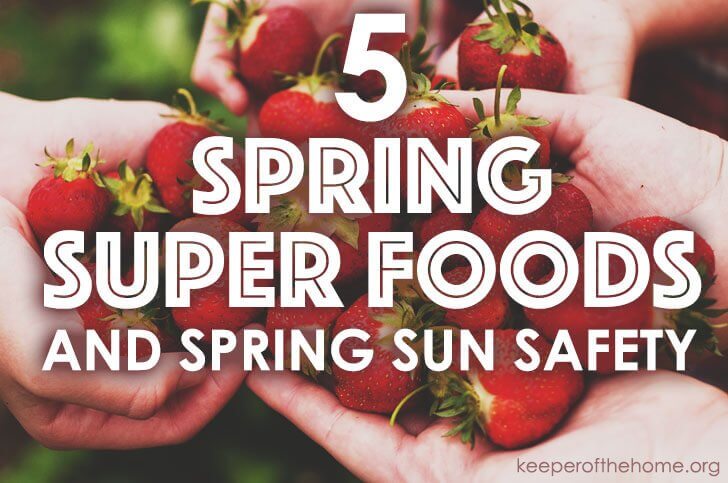
By Kate Tietje, Contributing Writer
I am so excited that spring is finally here! In the last few weeks, my kids have been obsessed with playing outside and have spent several hours out each day. We’re lucky to have a fenced-in backyard, so I can send them out and watch from the kitchen window. They dig in the dirt, run, kick balls, and come up with lots of creative games.
The shifting of the seasons means that it’s time to start thinking differently: local, fresh, and outdoors. The food that’s around is different, and people are out and about a whole lot more often. That means it’s time to start thinking about sun protection…and also local food.
5 Spring Super Foods
I love to eat locally, especially in the summer. Some foods I don’t really enjoy when preserved, but I adore them fresh. (Peaches come to mind — I’ll buy an entire peck, which is about 12 lbs., and eat it by myself in a week! They’re only ripe for a couple weeks a year… 🙂 )
Strawberries
Delicious strawberries…in season, they’re bright red and sweet. Yet, they’re actually a fairly low-sugar fruit — as are all berries. They’re rich in vitamin C, B vitamins, phytochemicals, plus some potassium, iodine, and copper. Eat them plain, top them with real whipped cream, make a strawberry shortcake, or even try some strawberry lemonade!
Greens
‘Tis the season for…salads! (And other dishes with greens.) Many greens don’t store well and need to be consumed fresh. They’re filled with antioxidants, phytochemicals (that fight cancer), B vitamins like folate (important for pregnant/nursing women), iron, vitamin K, and so much more. Greens can be made into salads, added to sandwiches or soups, sauteed with bacon grease (or another preferred fat), added to quiches, and lots more.
Aspargus
This is a wonderful spring vegetable and often found in gourmet meals — but it’s easy to prepare! It’s rich in B vitamins, especially folate. It also contains vitamin C and K, plus copper and iron. Pan-fry it, roast it, or chop it up and steam and serve with pasta or seafood.
Raw Milk
I read the other day that milk sales drop in the late spring and summer months and pick up again in the fall (this was from a local farm). That really surprised me because milk is actually seasonal at this time! The cows will begin to calve in the spring months and will begin to produce rich, nourishing milk because they’re consuming the rapidly growing spring grass. The milk contains high levels of vitamin A, CLA, and omega-3s. It’s a definite super food! (Worried about raw milk safety?)
Try making homemade ice cream, separating the cream to make whipped cream or butter, or just drinking it alone.
Eggs
After producing few to no eggs during the cold winter months, chickens will begin laying again earnest as the weather warms up. Truly pastured eggs are rich in choline, cholesterol (which we need), vitamin A, vitamin E, omega-3s, and lots more! Serve them scrambled, soft-boiled, fried, in ice cream, toss the yolks in smoothies or salad dressings, and lots more!
For a longer list of super foods, as well as information on reading food labels, how to afford quality food on a budget, and snack and meal ideas for kids, see my new book, A Practical Guide to Children’s Health.

Image by Rhys Asplundh
Going Outdoors: Safe Sun
If you’re lucky, you might be able to obtain some of the above foods by growing them in your own garden or having some backyard chickens. If that’s not an option, you might take a trip to a local farm to pick your own or meet the animals — we hope to do so this year!
Spring comes with a lot of outside time. With outside time comes sun! Are you familiar with safe sun exposure?
- Do not use sunscreen if at all possible, and check the EWG’s database for a safe option if you choose to use it.
- Go outside as close to “solar noon” as possible (on daylight savings time, that’s 1:00 p.m.); this is when the UVB rays that produce vitamin D are the strongest.
- Don’t shower with soap for a day or two after sun exposure (limit soap to 1 – 2 times per week; rinsing off is okay).
- Stay out just until your skin starts to turn pink, or about 15 – 40 min. depending on latitude, skin tone, time of year, etc.
- A healthy diet can affect how quickly (or if) your skin burns — my very pale children do not ever burn, despite not using sunscreen!
A lot of this probably flies in the face of everything you’ve been taught. No sunscreen? Exposure at noon? Yet the science shows this is the most effective way to get sun and vitamin D!
All of the research to back this up can be found in my new book, A Practical Guide to Children’s Health.
What’s With the New Book?
Last fall, I realized that the vast majority of questions coming my way (from readers) were related to some aspect of children’s health. It’s a subject I’ve been pretty fascinated with and have been studying for a long time, in a large part because of my daughter’s serious allergies and how we recovered her. I’ve spent 5 years learning about natural health, and reading medical journals is kind of a hobby of mine. 🙂
I decided to write a new book all about children’s health. I asked my readers several times for the questions they had, and I spent hours reading more and more studies. I spent most of the month of December at coffee shops, reading and writing for hours.
A Practical Guide to Children’s Health is a guide by a mom, for moms (and dads!). It is 150 pages long and contains over 300 primary sources. The foreword is written by Dr. Tyson Perez, DC. It addresses super foods, picky eaters, the “milk” question, grains and sugar, label reading, eating well on a budget, a few healthy recipes (including our favorite soaked waffles), vaccines, OTC and prescription drugs, when to call the doctor, several home and herbal remedies for common conditions, an herbal guide, all about organics, safe bath products, and lots more!
The book normally sells for $17.95 for the PDF or Kindle, and $24.95 for the print version, but this week (Apr 15 – 19) it’s on sale! The digital versions are $9.95, and the print version is $18.95. If you have some tax return money, now’s a great time to buy. 🙂
What are your favorite spring outdoor activities or foods?
*Disclaimer: None of the Keeper of the Home writers are health experts. This post is for entertainment and educational purposes up. We encourage you to do your own research and to seek medical advice from your trusted healthcare professional.

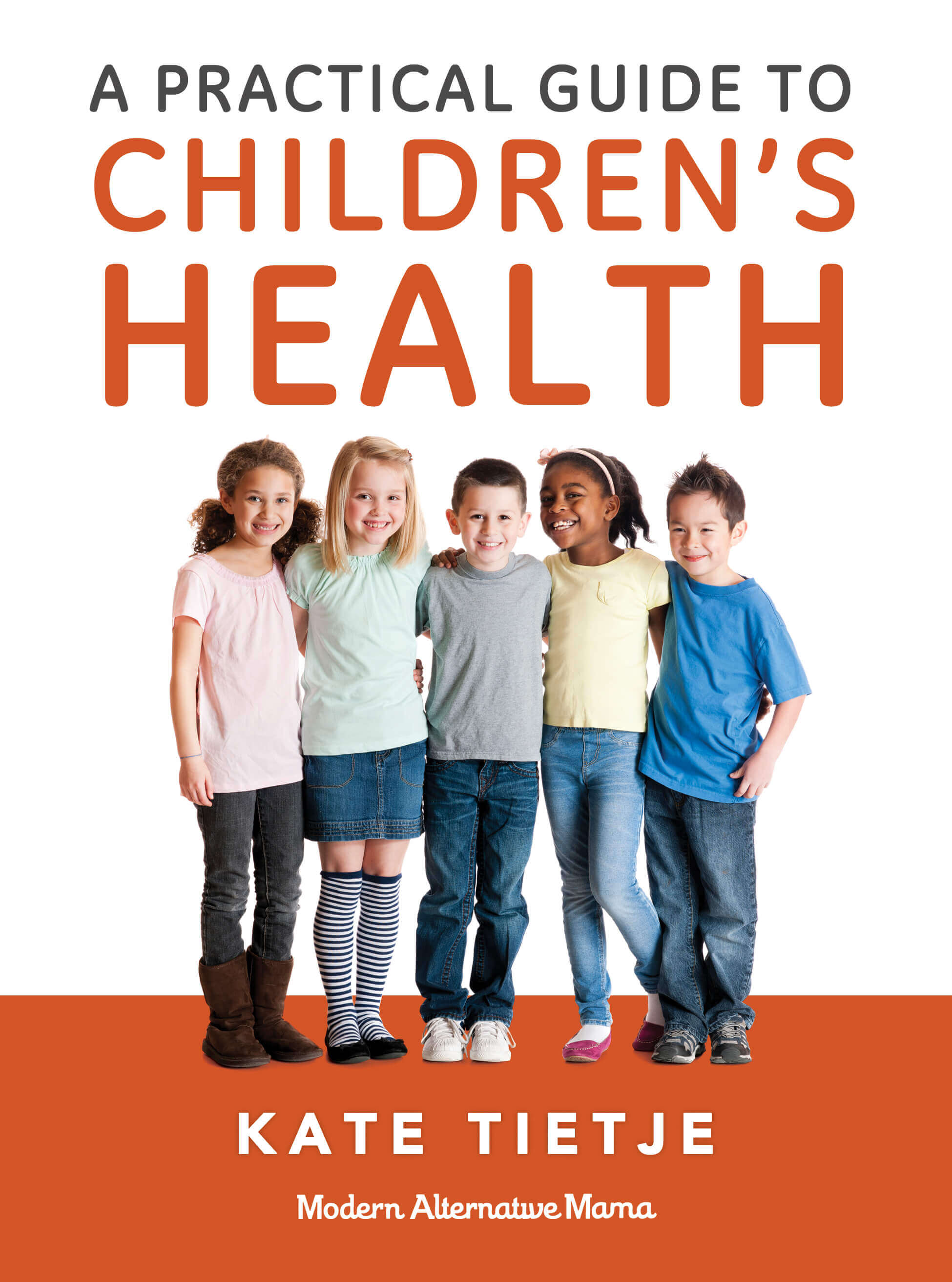
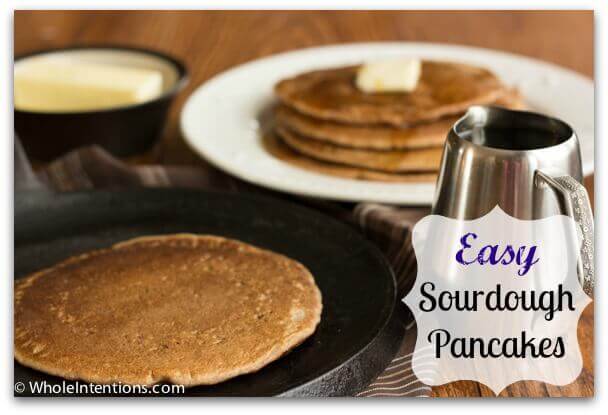
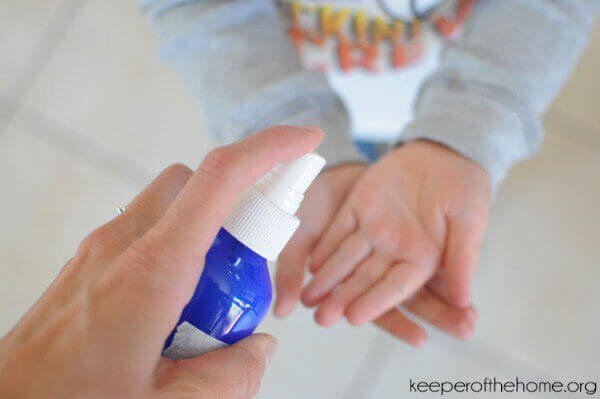
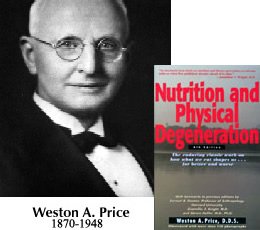
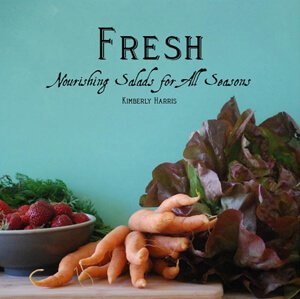
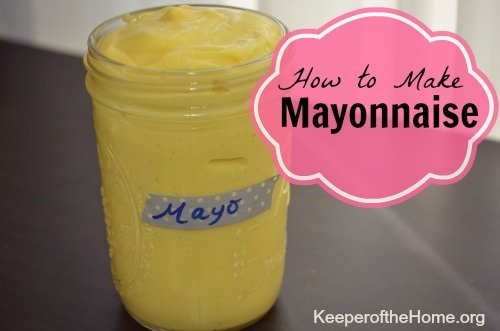
Are there any specific foods that you know of that help you not to sunburn, or did you just mean a healthy diet in general? 2 out of the 5 in our family burn more easily than the rest (fairer skin), and I am not a fan of sunscreen, but am a huge fan of vitamin d and my kids being outside…so any advice in this area is helpful. Thanks for the superfood article, all are a big part of our diet right now, so it was very encouraging!